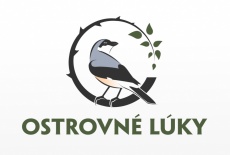02.11.2016 - Is it possible to farm efectively and in harmony with nature?
In sunny morning on 25th October 2016, we are all meeting up at the Lower Rya Island in The Centre of Environmental Education of Slovak Environmental Agency, surrounded by SPA Ostrovné lúky.
When the last people of our group arrived, we are starting our never-ending journey to the NP Hortobágy in Hungary. NP Hortobágy is one of the biggest grassland steppes - puszta, assigned in the list of world natural heritage UNESCO.
Afte the lunch, we visited the Hortobagy town and the Informational centre of NP Hortobágy, as well as rehabilitation station for injured birds. Among other birds of prey, we could see also White-tailed Eagle (Haliaeetus albicilla) and also several individuals of White stork (Ciconia ciconia).
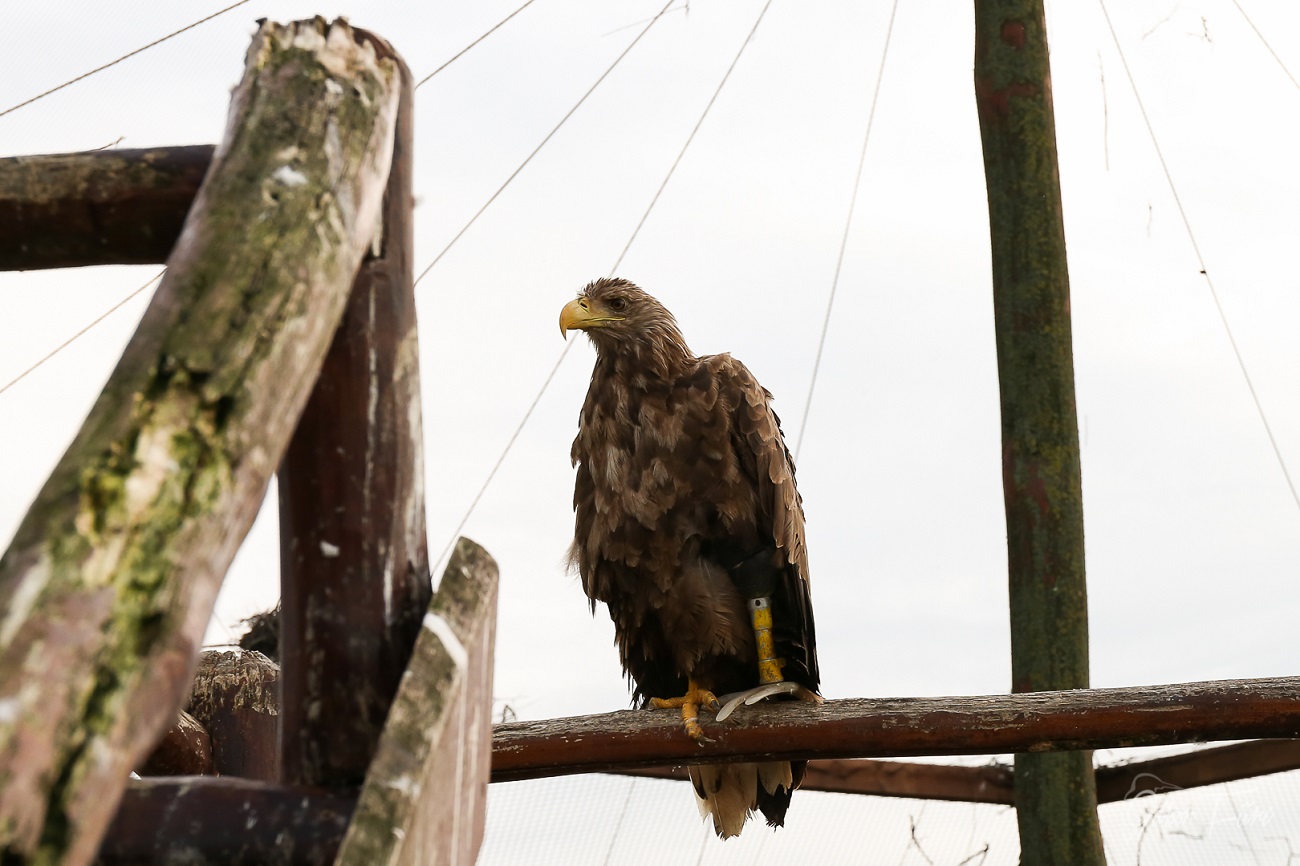
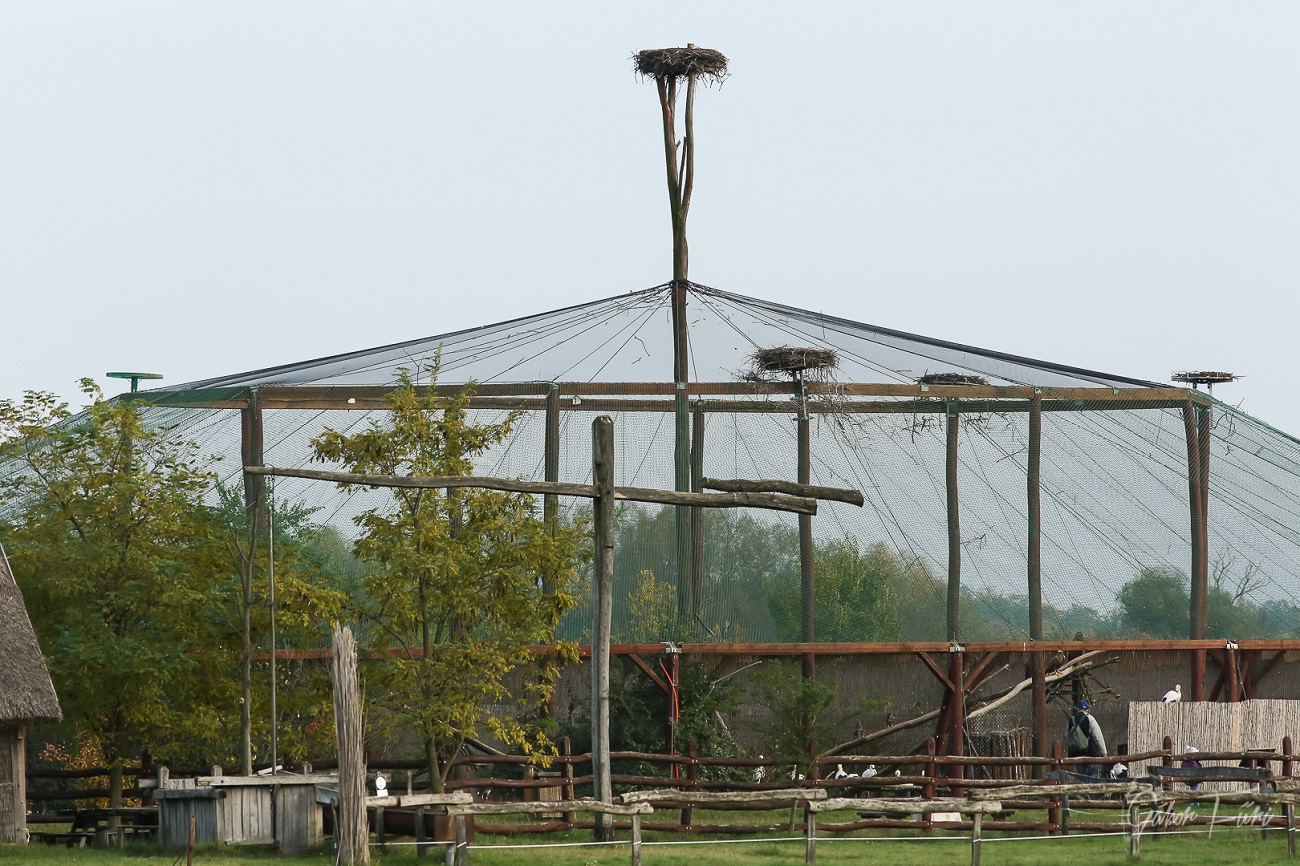
In the evening time, we went to observe arrival of Common cranes (Grus grus) at the lake Fertő-laposi-tó, which is their important stop on the migratory journey in the Central Europe.
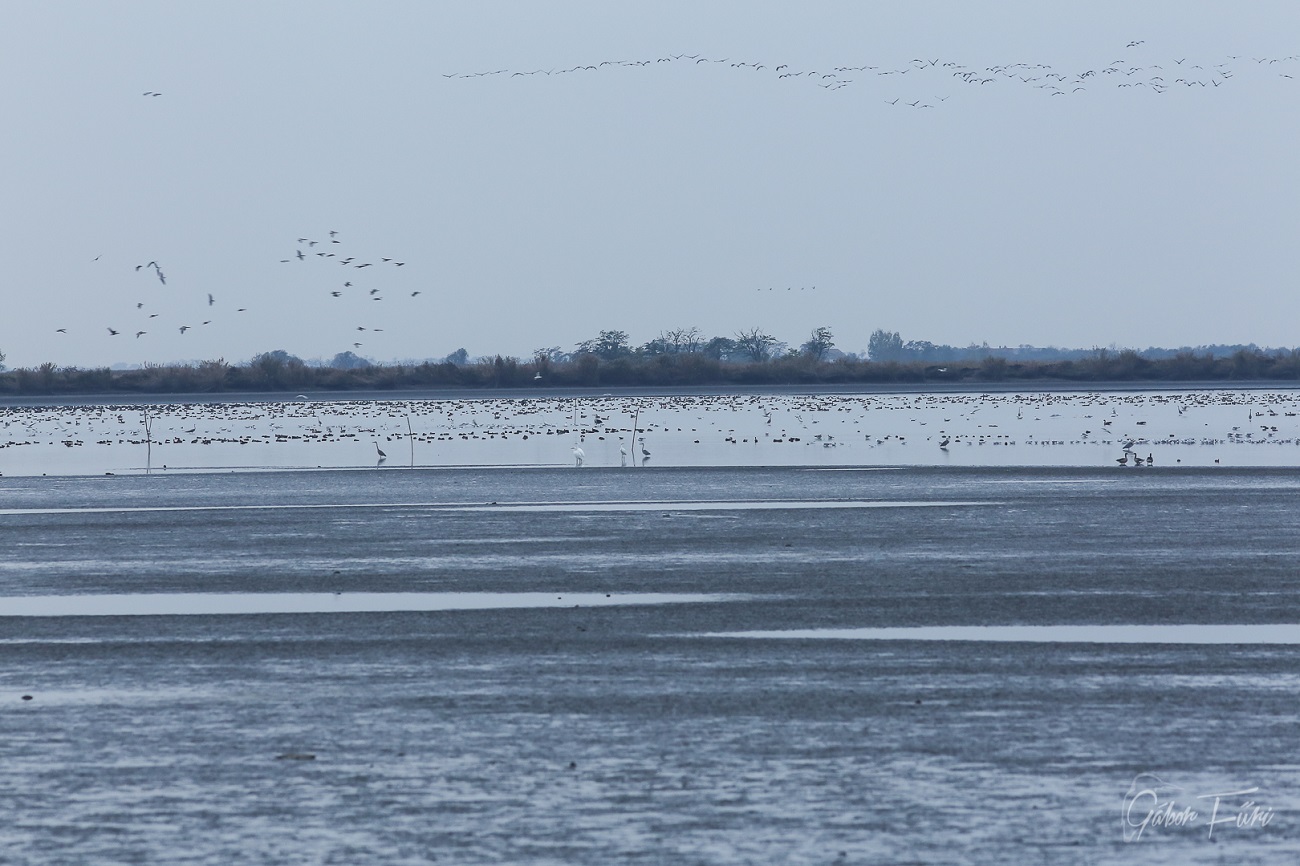
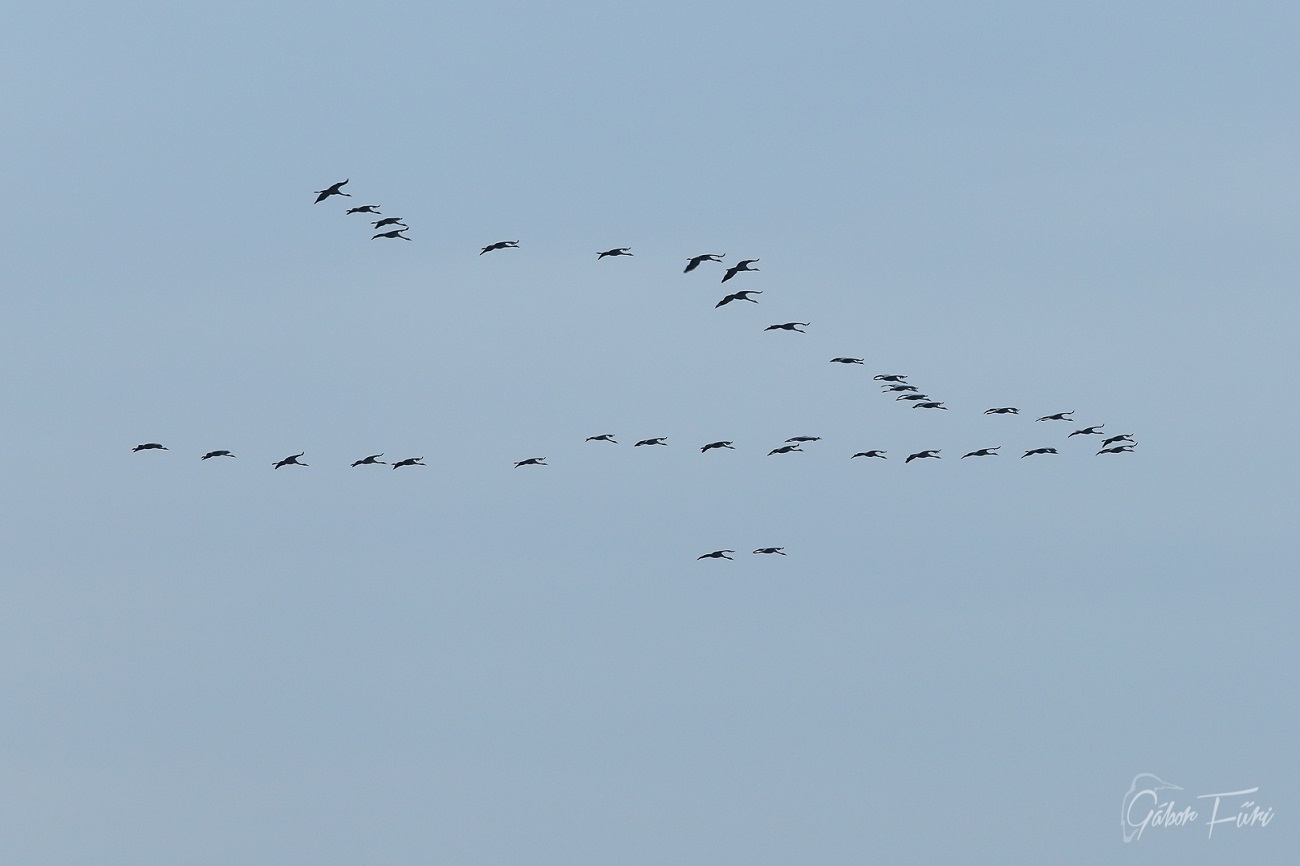
Afterwards, we continue back to Hortobágy, where the member of NGO Hortobágyi Nonprofit Kft. Dániel Balla presented about their experience with management of salty marshes and lowland grasslands in NP Hortobágy.
The next day was dedicated to farming in NP Hortobágy. We visited the farm Hármaspuszta, where we saw grazing of puszta by water buffalos (Bulbalus bulbalis). It is an unique management tool which is used in case of grassland steppes and water buffalos in given climatic environment.
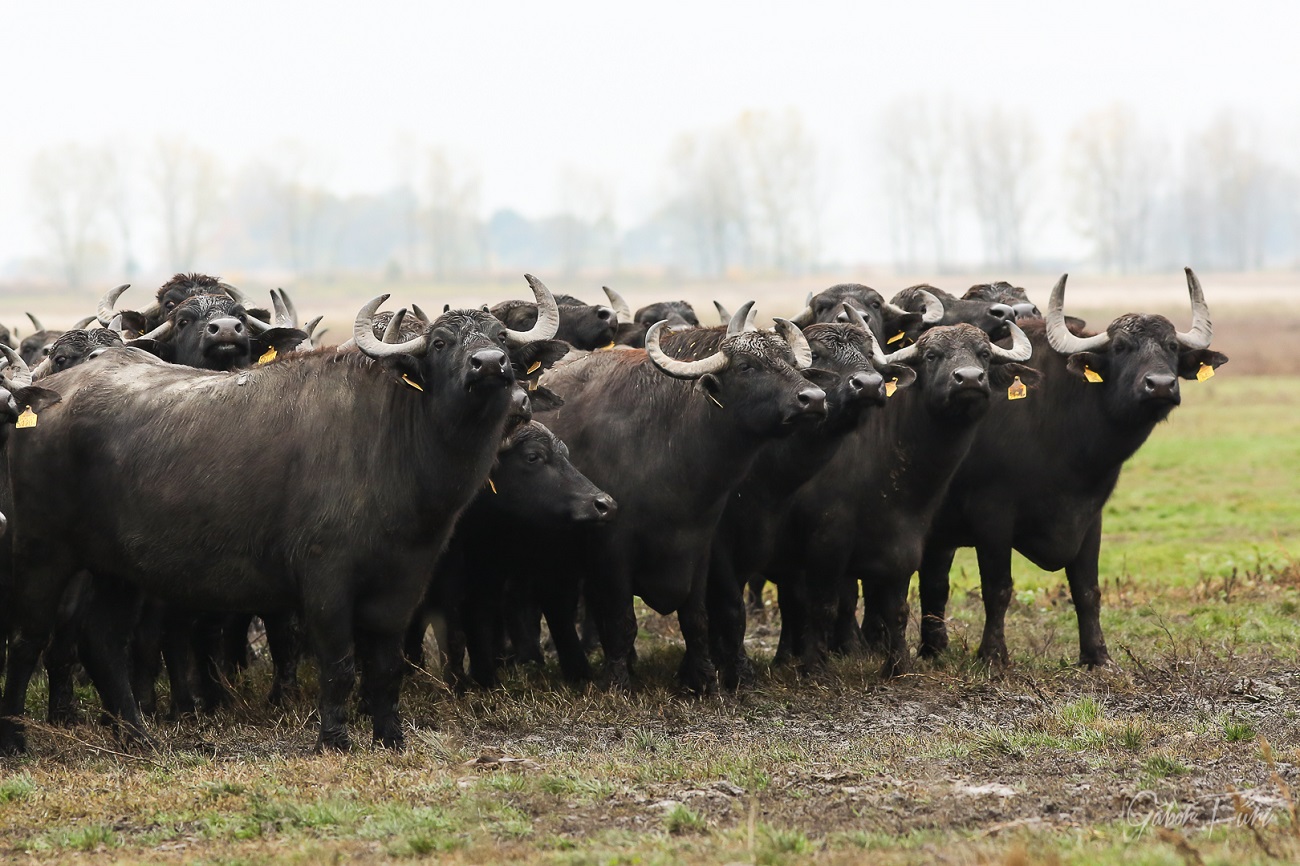
From there, we continued to the farm Kungyörgy, which is used for breeding of native hungarian cattle szürke marha (hungarian steppe cattle). The country of hungarian puszta in this area is shaped by typical houses with reed roofs and rocker wells - gémeskút which is also used as a drinker for animals.
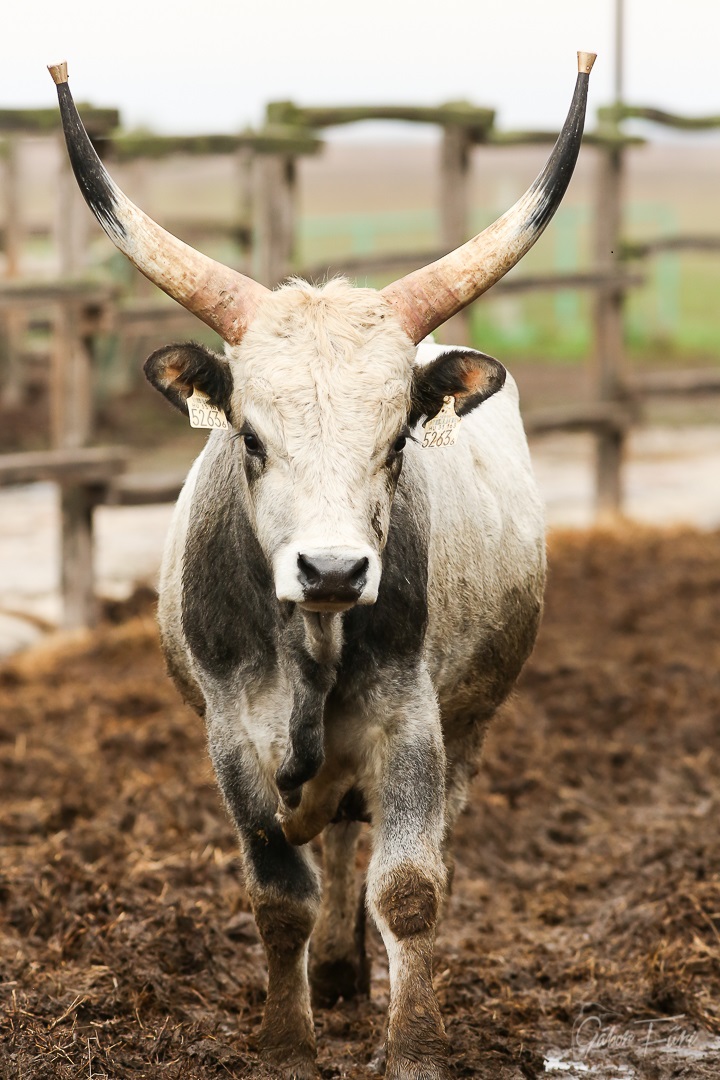

Afterward, we visited 300 years old horse-breeding farm in the Mátai Ménes village situated on the north side of the Hortobágy municipality. They are breeding here the studs, which are contributing to positive management of protected grassland ecosystems by grazing.
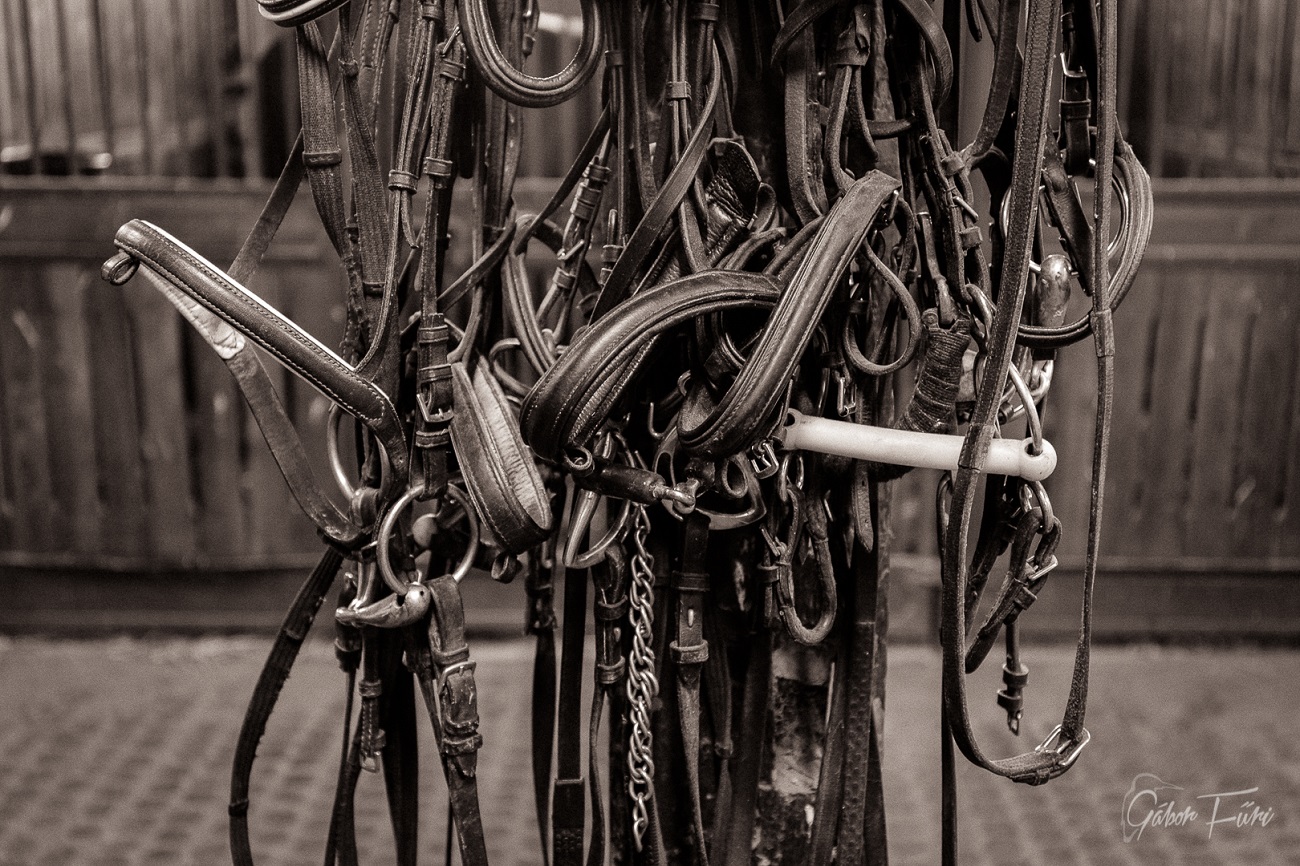
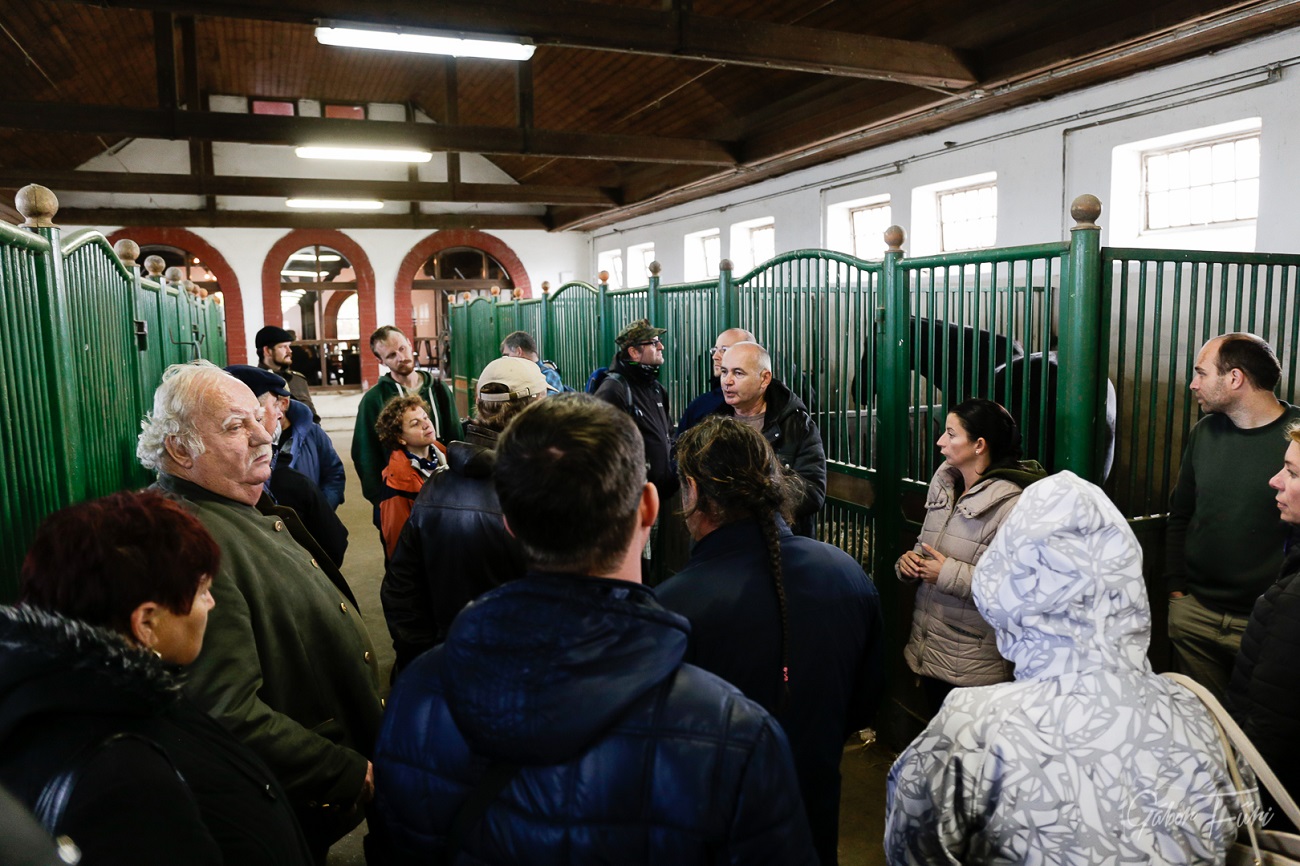
On our journey, we cannot miss the gist of the matter, visit of the ecocentre Tisza- tavi Ökocentrum in Poroszló municipality, where every member of our group found its interest. Except of external exhibition of animals living in Hungary, you could also see the biggest European set of fresh-water aquariums with local fish, amphibian and reptile species including Beluga sturgeon (Huso huso) which is now an extinct spesies in the Danube river.
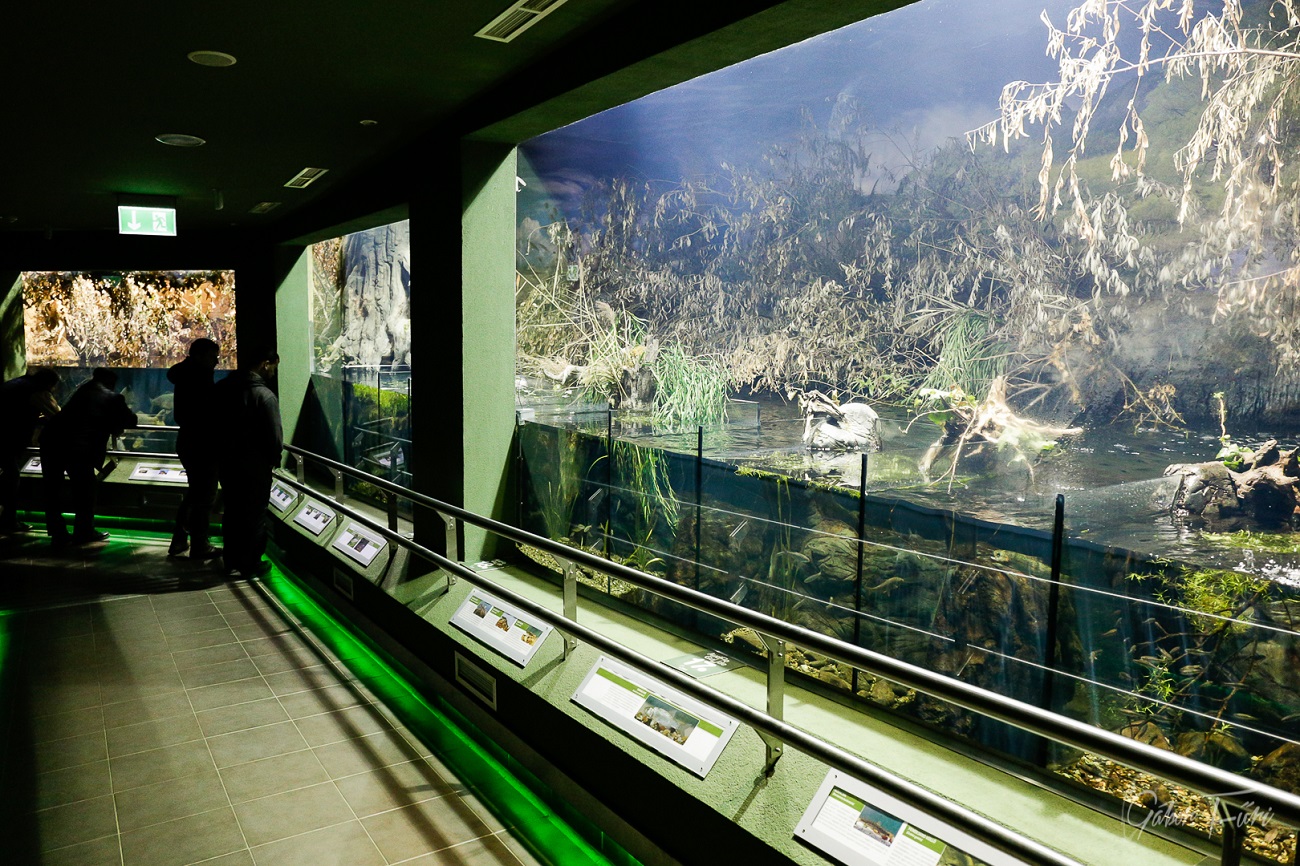
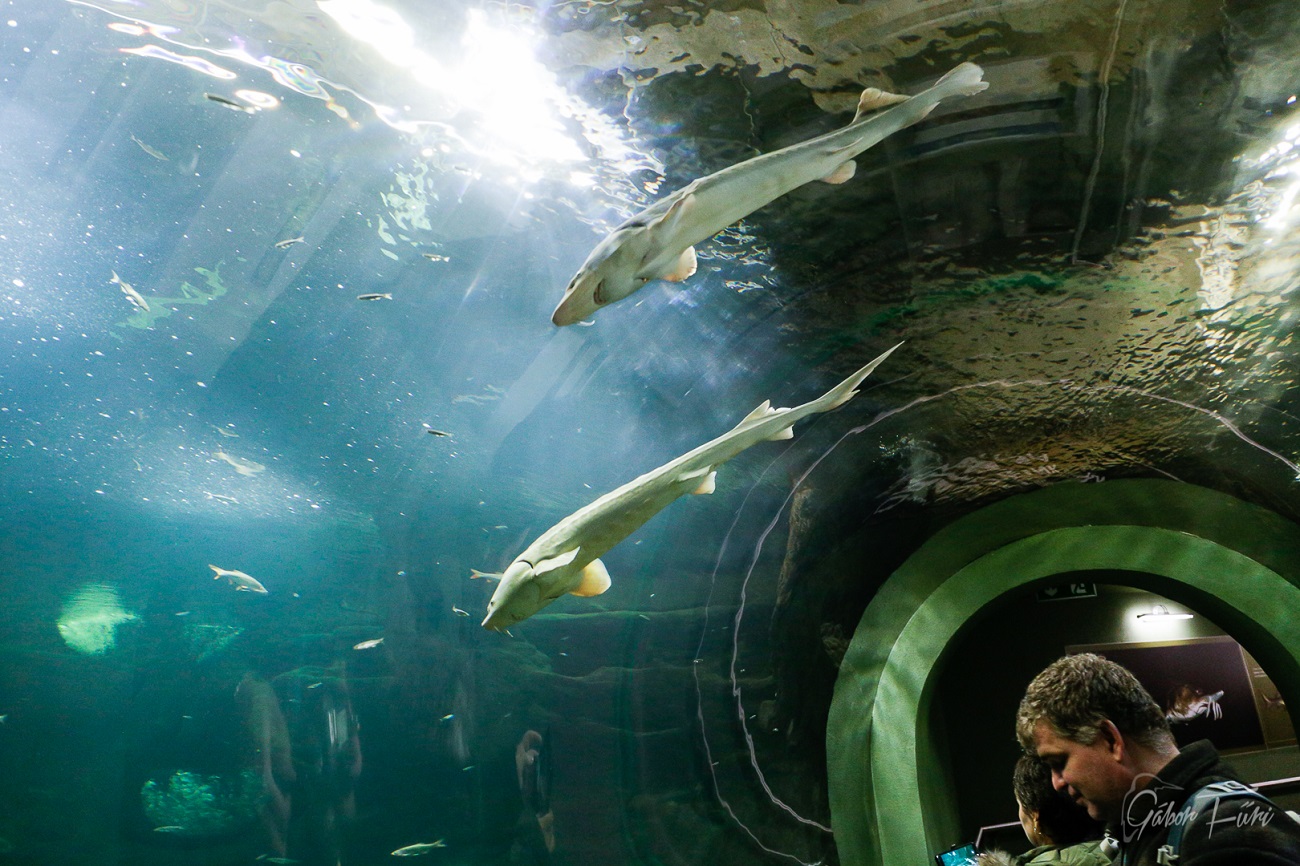
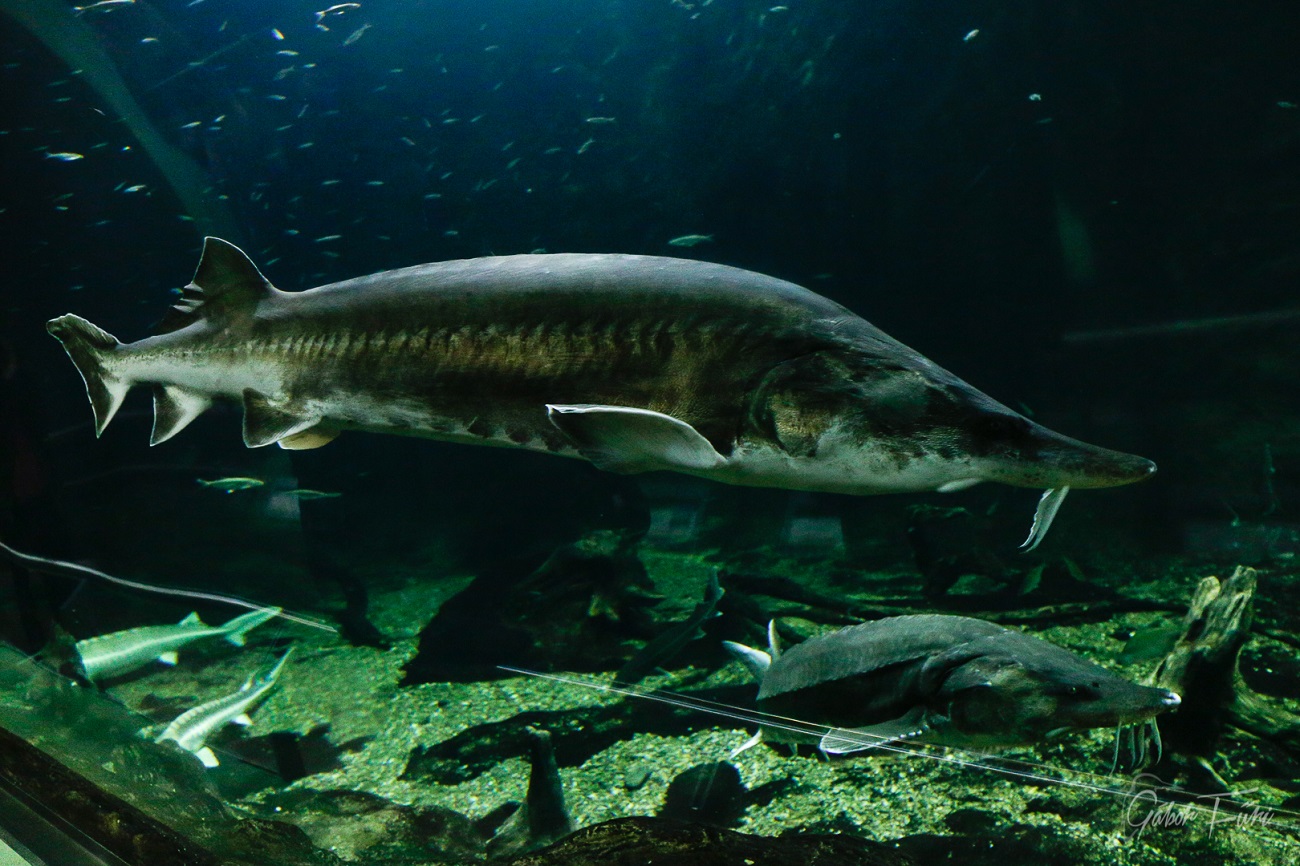
In the afternoon, we left lovely Poroszló municipality and full of experience started our journey back to Slovakia. The Hortobagyi National Park spreads over an extensive area and can not be fully known in just 2 days. It is a place where you will discover something new and previously unknown every time and you will always have the desire to come back.


